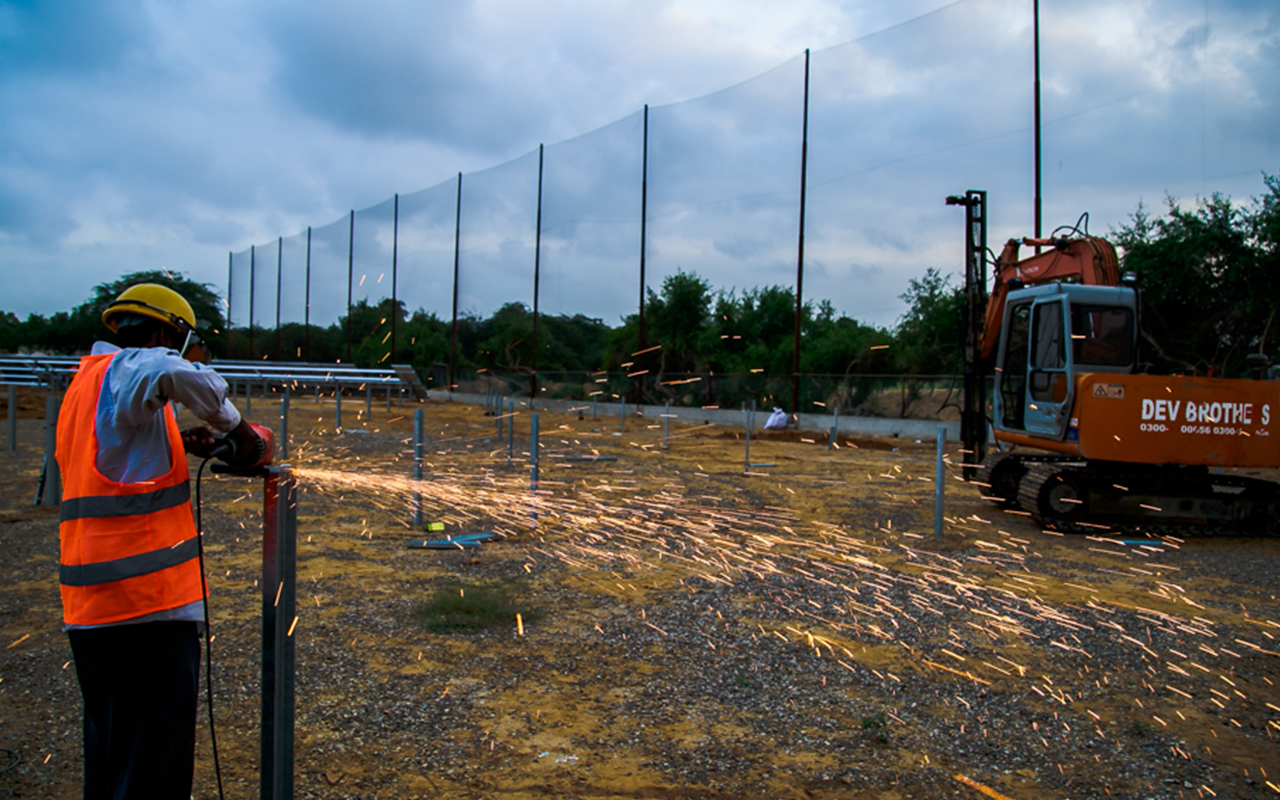KARACHI: ‘Distributed’ power generation, a befitting response to infrastructure deficit and high energy cost, is gaining popularity in Pakistan’s industrial and commercial setups as it entails production near the consumers and is expected to account for 25 percent of energy mix within the next decade, a senior industry official said.
“The cost of solar panels is declining and production efficiency is increasing rapidly,” Mujtaba Khan, chief executive of Reon Energy said. “We estimate the renewable power generation to account for around 25 percent of the country’s power consumption by 2030.”
Consumers are being attracted towards the low-cost power resources. Commercial as well as industrial units are opting for solar-based power generation, which is now the cheapest source of energy and the cost of such production unit has gone below the gas-based power plants. “A number of textile millers have approached us and we are installing solar power generation systems of over one megawatt capacity,” Khan said.
Reon’s revenues grew multiple times in the last couple of years as solar-based distributed generation is gaining wide-scale acceptance.
Distributed generation is cheaper than conventional, centralised generation because it avoids costs of building transmission lines and the infrastructure needed to supply electricity to homes and businesses. Electricity generation, through renewable resources, accounts for less than five percent in Pakistan, which is one of the lowest in the world.
The International Renewable Energy Agency (Irena) said Pakistan could increase its energy security, improve energy access, and spur social and economic development with renewable energy. Irena, in a latest report, recommended the government to devise a comprehensive distributed power generation plan.
Khan said State Bank of Pakistan, under green financing scheme, allocated six billion rupees to finance renewable energy generation at a flat rate of six percent. “The distributed generation needs an impetus in the form of a properly implemented net-metering policy as presently developing a net-metering facility involves lengthy and complicated procedure,” he added.
Ministry of Energy (Power Division) has already initiated consultative sessions to deliberate upon applicable tariff for net energy delivered by the distributed generations to the grid under net-metering system and whether or not there should be any cap on the capacity to be installed by the distributed generators.
The global distributed generation market is projected to reach to $103.38 billion by 2022 from $60.04 billion in 2017, growing at a compound annual growth rate of 11.48 percent. Growing demand for electric power worldwide and decreasing cost of solar technology are driving the market for distributed generation across the world. Moreover, the commercial segment is expected to hold the largest share of the distributed generation market within next five years.



